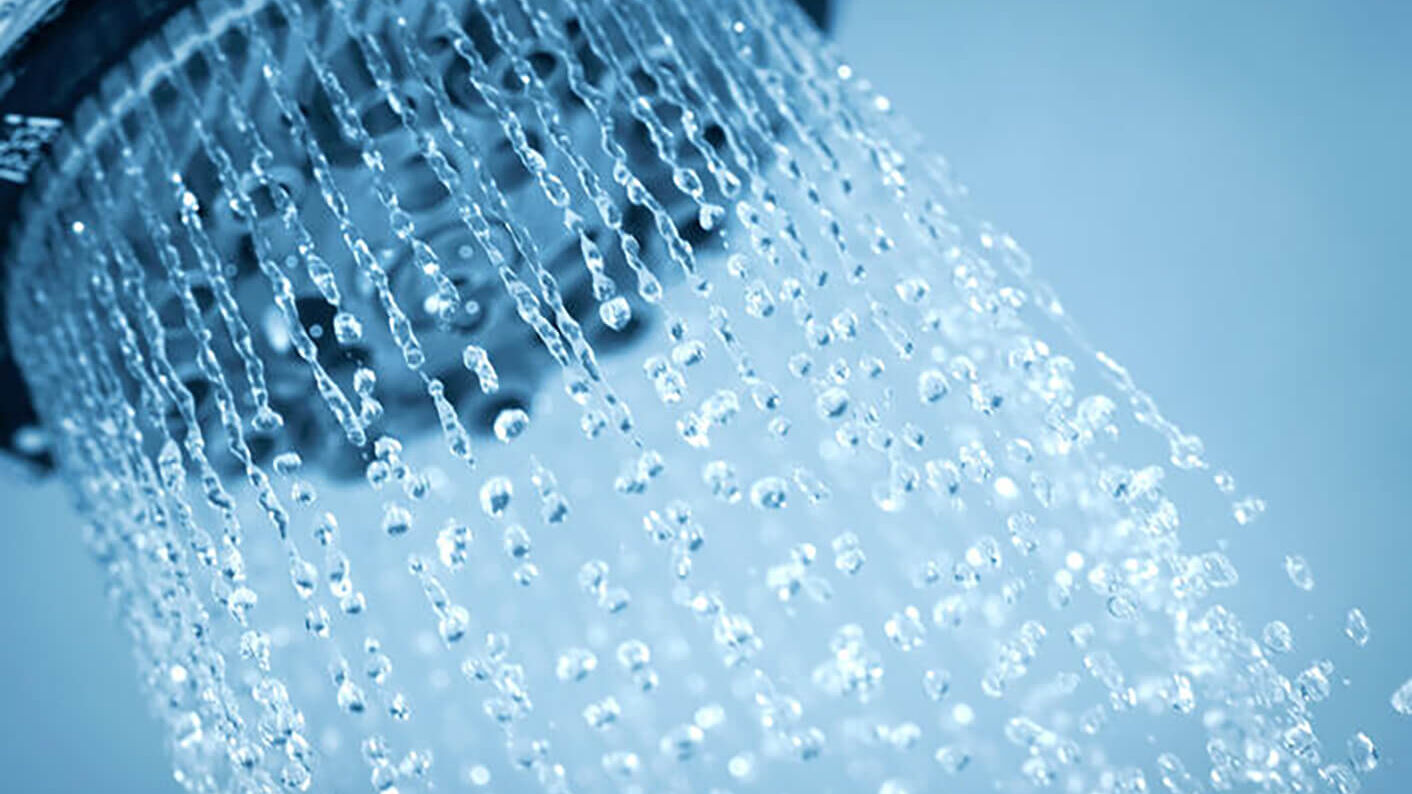
In the midst of a pandemic, the U.S. Department of Energy (DOE) followed up today on President Trump’s January pledge to get “rid of the restrictors” on showerheads, part of his repeated false complaint that toilets, faucets, and other household fixtures have been ruined by federal efficiency standards. DOE proposed a rule to approve new showerheads that waste enormous amounts of water and energy, which would increase utility bills and greenhouse gas emissions.
(The DOE also announced a proposal today that would allow new clothes washers and dryers that waste unlimited amounts of energy and water—see ACEEE/ASAP statement in response.)
The showerhead proposal comes just months after a study published in the journal Science, as reported by the Washington Post, found that a “vast region of the western United States, extending from California, Arizona and New Mexico north to Oregon and Idaho, is in the grips of the first climate change-induced megadrought.”
The new plan is a gimmick in search of a problem. Complaints about inadequate showerheads were frequent decades ago, immortalized in a 1996 “Seinfeld” episode. But for many years now, we’ve had a fix for poorly performing models, one that requires no action by the Trump administration.
“Tired of a shower that produces more of a weak sprinkle than an invigorating stream?” Consumer Reports asked readers in 2009. “Change your showerhead.” In the wake of years of innovation, including the improved use of aeration, the magazine found that “the top water-saving and rain-shower models we tested provide a strong flow.”
Today, about three-quarters of the showerhead models for sale use at least 20% less water than the maximum allowed, by ASAP’s count of a federal database. And while there are always going to be some sub-par models, the top-rated one on the product review website Wirecutter (which testers said delivers a “powerful, dense soak that envelops your entire body”) uses only 70% of the water permitted by federal rules.
So, what is DOE trying to do here?
Proposal seeks to subvert 1992 law signed by George H.W. Bush
Many manufacturers were already making lower-flow, 2.5 gallon-per-minute showerheads by the early 1990s, in part responding to severe droughts in the late 1980s that strained water supplies in several regions.
Congress put a 2.5 gallon-per-minute maximum flow rate standard into law as part of a 1992 energy bill, which passed the U.S. House in a 363-60 vote and the U.S. Senate without even a roll call. The showerhead provision went into effect in 1994.
Initially, federal law prohibited states from setting stricter requirements, but this state preemption expired when DOE failed to update the national standards. Six states, comprising about one-fourth of the U.S. population, have their own showerhead standards that save at least 20% compared to the national levels.
The federal law, like others concerning appliance and equipment standards, doesn’t permit DOE to weaken the standard, or “backslide.” So how is it claiming it can do that today?
The trick DOE is floating here is to try to dodge the law by reinterpreting what the word “showerhead” means.
The proposal, if finalized, would allow manufacturers to make giant showerheads with several nozzles within them. DOE proposes to accomplish this through a change in the test procedure that would characterize each of those separate nozzles as a showerhead. The full device could have as many 2.5 gallon-per-minute showerheads as the manufacturer wants. Get it?
The issue has actually been debated before, primarily in 2010 and 2011. DOE took a more clear-headed reading of the law at the time: “[I]t has always been the Department’s view that when Congress used the term ‘any showerhead’ it actually meant ‘any showerhead’ – and that a showerhead with multiple nozzles constitutes a single showerhead for purposes of [the] water conservation standard.”

DOE’s 2011 guidance showed these examples of model types that would not comply with the 1992 law if the full device used more than 2.5 gallons per minute.
The shower gimmick would raise costs and greenhouse gas emissions
In response to a historic drought, the president apparently wants showerheads that spray water every which way. It’s an absurd use of DOE’s time, and it’s not going to help our water reservoirs.
The existing showerhead standard has spurred manufacturers to make devices that are more satisfying while using less water. That reduces our water bills, and it also reduces our energy use. Utilities require enormous amounts of energy to deliver water. Even more importantly, because showerheads deliver hot water, reducing the water flow through them cuts home water heating needs – which account for about a fifth of the average household’s energy use.
In other words, if the new proposal is finalized and makes it through the courts (DOE will almost certainly be challenged for violating the provision in the law prohibiting backsliding on standards), consumers who use the products will pay the price on their monthly energy and water bills. Ultimately, the plan would raise greenhouse gas emissions when more fuel is burned in homes with gas water heaters and at the power plants that supply power to homes with electric water heaters.
The new multi-nozzle showerheads would not only needlessly waste water, exacerbating shortages caused by drought, but also boost the carbon pollution that has made long-term droughts worse. No one benefits from this gimmick.





